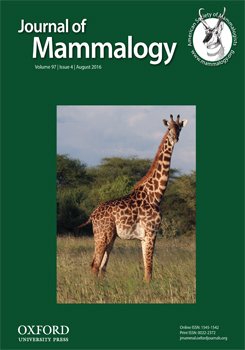We were able to substantially increase our knowledge of what is likely the least understood endangered terrestrial mammal in the United States, the Florida salt marsh vole (FSMV; Microtus pennsylvanicus dukecampbelli). We developed a predictive landscape model that estimated 264 ha of potential habitat for FSMVs. Evaluating our model, we found voles at 8 of the 36 sites sampled, yielding a model accuracy of 22% for a subspecies that previously was known from only 3 locations. Within areas of potential habitat, FSMVs selected patches of marsh vegetation > 0.49 ha with at least some (≥ 16.75% and ≤ 43.61%) smooth cordgrass (Spartina alterniflora) cover. Suggestive of a meta-population dynamic, FSMV activity decreased outside of patches of smooth cordgrass and saltgrass (Distichlis spicata) identified by the predictive landscape model. Our hierarchical approach to studying FSMVs allowed us to leverage a limited amount of data to ultimately produce important ecological information about an endangered species. This approach easily may be adapted to other mammals with similar information needs.
How to translate text using browser tools
9 May 2016
Leveraging limited information to understand ecological relationships of endangered Florida salt marsh vole
Robert A. McCleery,
Christa L. Zweig
ACCESS THE FULL ARTICLE

Journal of Mammalogy
Vol. 97 • No. 4
August 2016
Vol. 97 • No. 4
August 2016




